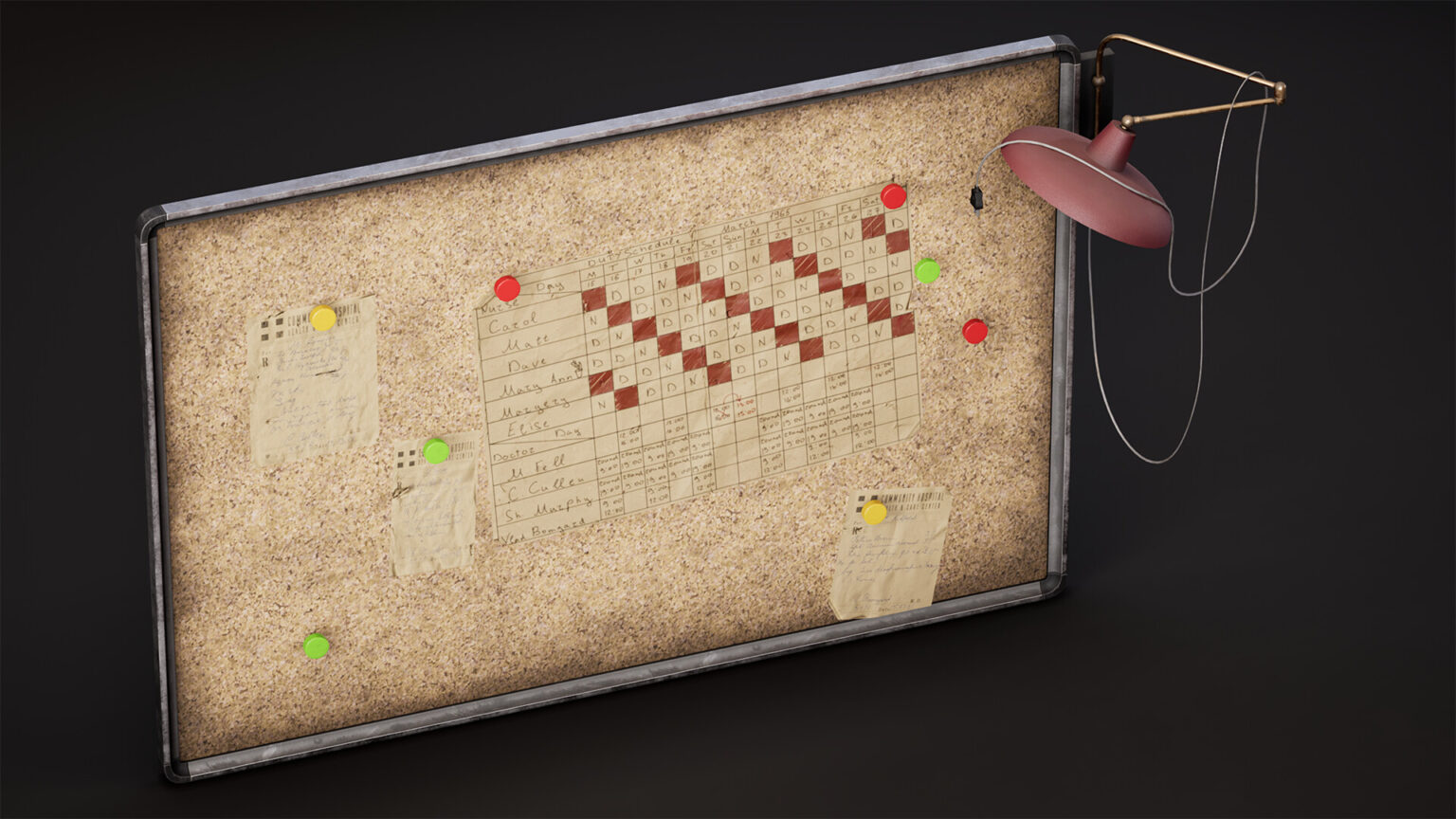A complete immersion of the user into the gameplay largely depends on the detailed design of the game environment. To create the illusion of a large, impressive, and realistic world, artists use various elements of structural geometry, in other words, “props” and “decals”. Creating game environment details is no less important than designing levels, scripting, sound, and code.
Props in gameplay are the objects in the game scene, which immerse the player in the atmosphere and help assess the situation in the surrounding world. The appearance of the props tells about the object itself, the nuances of its history, and even the habits and peculiarities of its owner. The closer the object is to the player and the more often it appears on the screen, the more attention the props artist pays to this detail.
A props artist is a person who is responsible for this type of object. This position is one of the first steps in the game development industry. Studios usually hire junior specialists for this job. Props artists can improve their skills and move forward the career ladder to the position of concept artist. But it doesn’t mean that creating props is a minor duty and a less important part of the work.
In his interview, Yannick Gombart, 3D artist for Dishonored 2, mentioned that in order to create a proper atmosphere for the game, props and assets were created by the whole team. There were concept artists who prepared sketches and illustrations, 3D artists who modeled the objects, and a Substance Designer to work on textures. They almost didn’t use generic random props and worked out every detail to create the Dishonored world.
So the position of a props artist is not as boring as you might have thought, and it is definitely to be considered if you want to start your career in game development.
Skills you need to become a props artist
The list of skills may vary in different studios depending on project requirements. But here are some general qualifications you need to obtain to become a props artist.
- Ability to make HP models and good feeling for object proportions.
- Skills to create LP/MP models.
- Knowledge of UV mapping for the models.
- Baking skills and abilities to transfer details from high poly models to low and middle poly.
- Strong Substance Painter skills, texturing and understanding of color, light, and rhythm.
These are the basic requirements for becoming a props artist. But any extra skills would only strengthen your profile. For example, the ability to photo bash may increase your chances to get a job on some projects.

Devoted Studios 3D Lead Igor’s Doroshchuk personal work
Salary ranges for prop artists
According to Comparably, the salaries of Prop Artists in the US range from $48,000 to $72,000, with a median salary of $60,000. The middle 67% of Prop Artists make $60,000, with the top 67% making $72,000.
And don’t forget about the possibility of professional growth. Seems like a rather good career start.
What kinds of props you will be working on
Props in gameplay help the player to feel the atmosphere and assess the situation in the surrounding world. All props are divided into three main types:
- large (cars, trees, fences, pavilions);
- medium (street lamps, trash cans, advertising banners, street, and house furniture);
- small (tiny exterior and interior details (books, rocks, grass, leaves).
Various sizes of props are superimposed on the “raw” structural geometry. To prevent the player from getting the feeling of “cheating”, the number of polygons, texture, complexity, and quality of materials must be clearly read when looking at the objects closely. This is especially important for objects in the foreground.
Another type of image a props artist should be familiar with is decals. They play an equally important role in creating a realistic picture. These special images are applied to surfaces, creating various effects on them. For example, you can place a decal on a wall with streaks, cracks, and graffiti. Add images of windows, vents, and advertisements to the house. And finally, simply create a realistic roadway with markings, puddles, grates, and trash on the side of the road.
Props artist’s workflow
The process of selecting props and decals begins with finding references that match the structural geometry and style of the game. Then, low-polygonal (highly simplified) 3D models are created. For this model, artists adjust shading and after that, they create a UV deployment to ease the further work with textures and move the details from the high poly model correctly. The next two steps are baking and texturing the model.
The finished LP / MP model is exported to the game engine. Artists create all the necessary materials, adjust colliders and make pre-buff / blueprint if required. Usually, a separate person is responsible for engine integration. But knowledge of this process would greatly enhance the resume of a props artist.
Working with physically correct values for our props’ textures is one of the most important conditions for getting photorealistic and physically correct results, which is what most studios strive for. Nevertheless, there are always exceptions, sometimes artistry and visually better results are more important than correct figures and we can sacrifice them for the general result.

